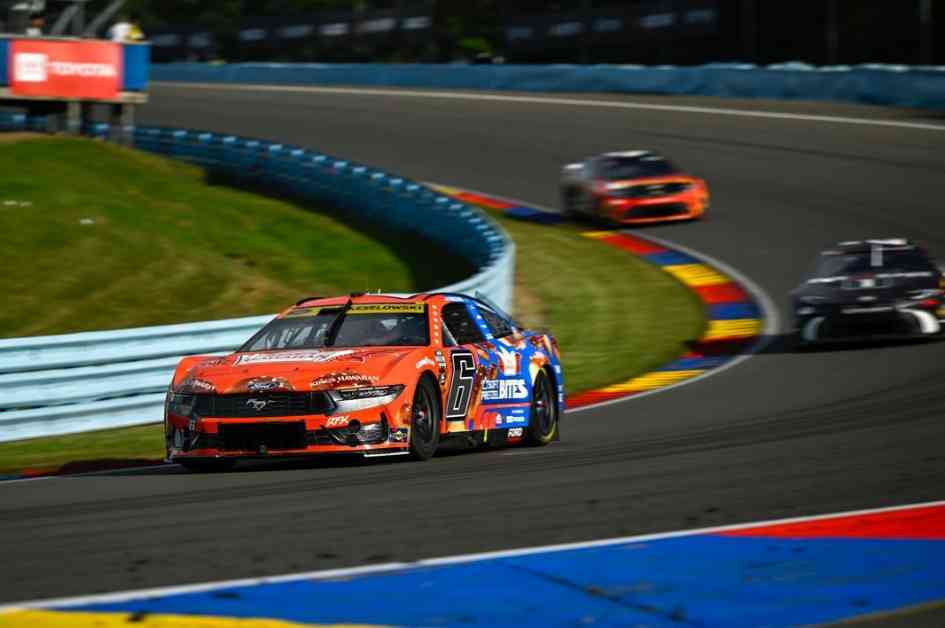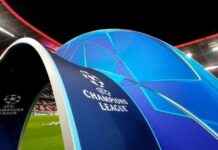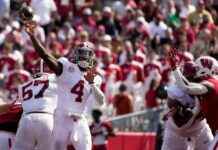NASCAR Safety Innovations
Late-race chaos at the Go Bowling at The Glen race earlier this month led to a heart-stopping moment for Brad Keselowski as William Byron’s car crashed into the rear window of his No. 6 RFK Racing Ford. The incident, which also involved Joey Logano, resulted in a full-course caution and showcased the potential dangers of high-speed racing. While both drivers were able to drive away unscathed, the close call highlighted the importance of NASCAR’s ongoing safety innovations.
Lessons Learned from Previous Incidents
The near-miss at Watkins Glen brought to mind a similar incident involving Kyle Larson at Talladega Superspeedway in 2023. Larson’s car was hit at high speed, causing damage to his safety cage and prompting NASCAR to reevaluate its safety protocols. By studying Larson’s wrecked car, NASCAR R&D was able to identify areas for improvement, leading to the addition of extra tubing to protect drivers in the event of a rear impact.
The decision to reinforce the right side of the car and add tubing to the left rear corner of the center section proved crucial in Keselowski’s case at Watkins Glen. The added barrier played a significant role in preventing serious injury when Byron’s car made contact with Keselowski’s rear window. Without these adjustments, the outcome could have been far more severe for the drivers involved.
Continual Safety Enhancements
NASCAR’s commitment to driver safety extends beyond reinforcing the car’s structure. The organization has also focused on optimizing the front end of the car to improve its crumple capabilities in the event of a collision. By making strategic adjustments to the car’s design, NASCAR has been able to minimize the impact on drivers during high-speed crashes, leading to fewer injuries and better overall safety outcomes.
In addition to strengthening the center section and front end of the car, NASCAR has also made changes to the rear clip to ensure it crumples effectively in the event of a backward impact. These modifications, which involve removing material to create gaps that can buckle upon impact, have proven instrumental in reducing stress on drivers and preventing serious injuries in potentially catastrophic scenarios.
Overall, the evolution of NASCAR’s safety protocols has resulted in a car that is not only more resilient but also more protective of its drivers in a variety of racing conditions. The continuous updates and iterations made to the Next Gen chassis have paved the way for a safer racing environment, where drivers can push the limits without compromising their well-being.
As drivers like Brad Keselowski navigate the high-speed challenges of NASCAR racing, they can do so with confidence knowing that the cars they are piloting are equipped with the latest safety features designed to mitigate risks and ensure their safety on the track. Through ongoing research and development, NASCAR continues to prioritize driver safety, setting new standards for excellence in motorsports.












